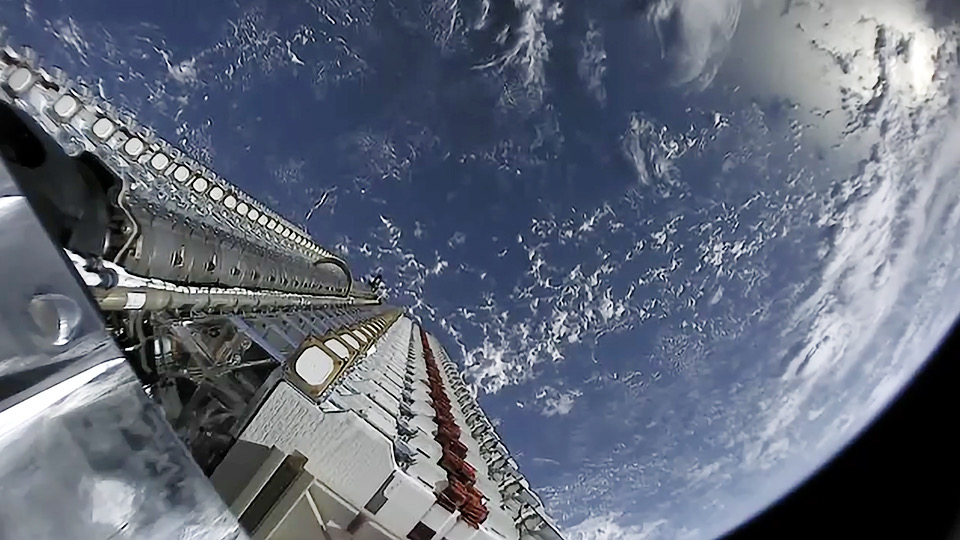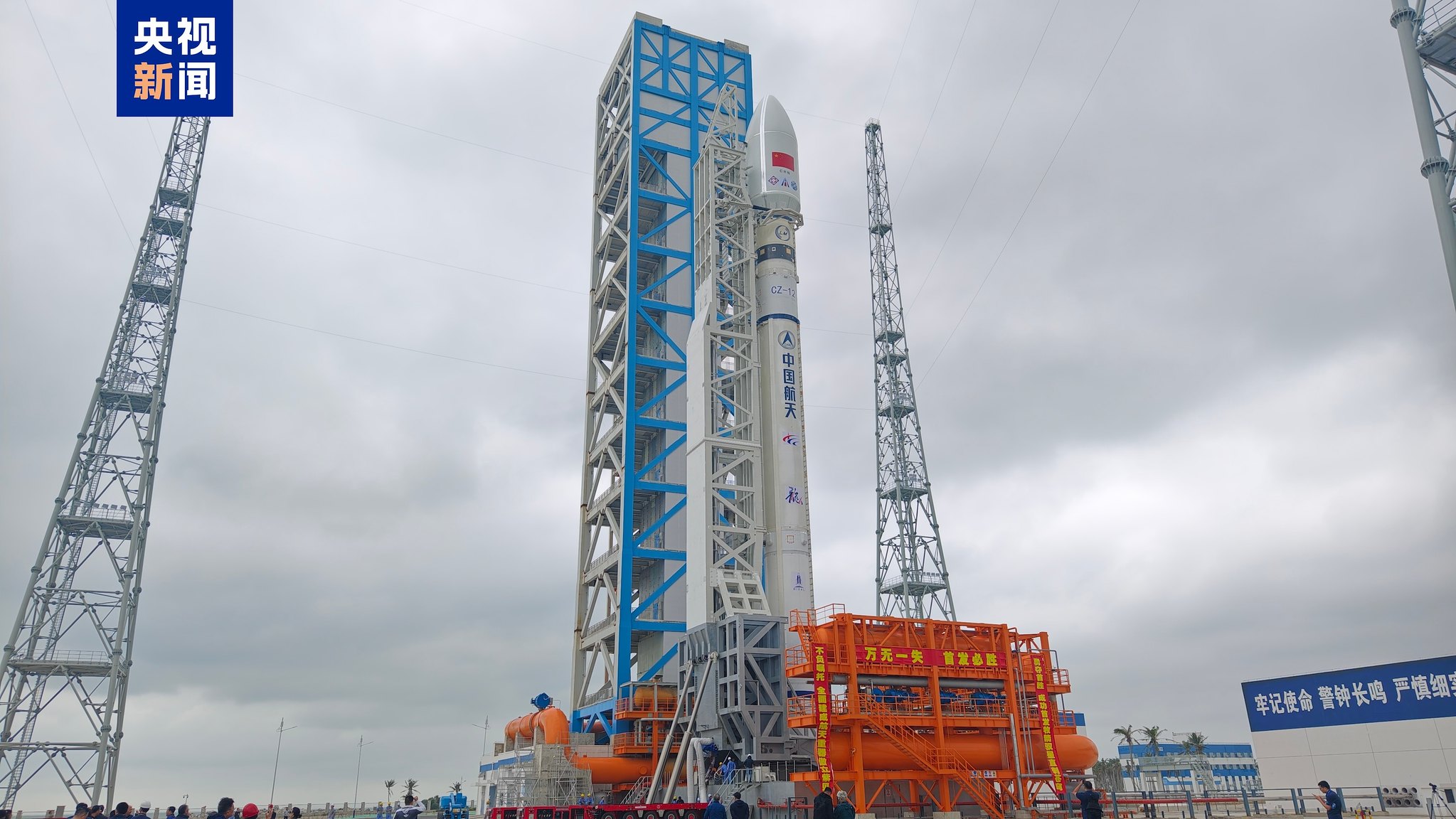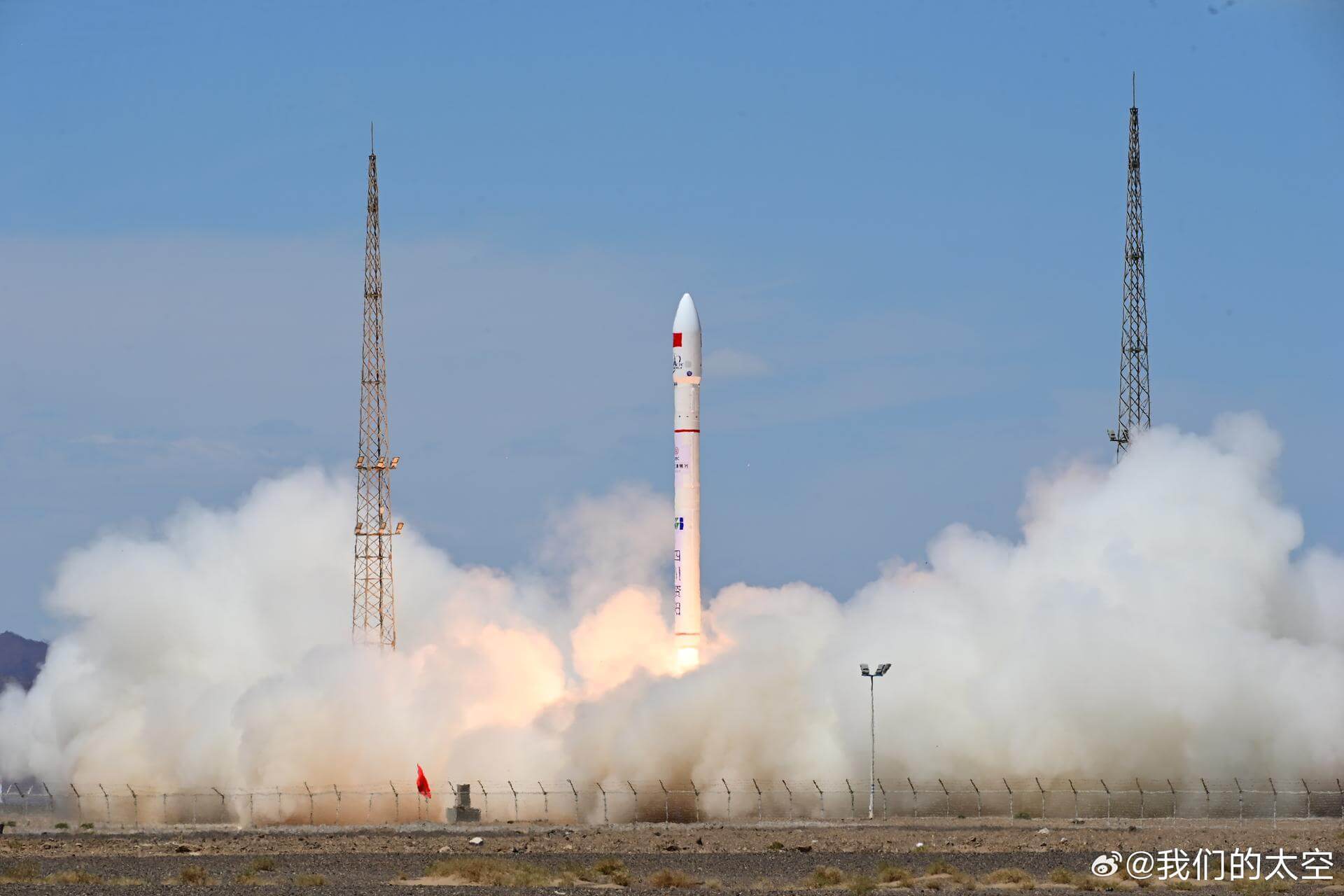· space brief · 5 min read
Space Brief 28 Jun 2025
Today's brief covers a Pentagon review of satellite launch options, Kongsberg's completed maritime satellite network, York's new satellite launch, DARPA's project cancellation, and more.

📄Top Stories
The Pentagon is exploring alternatives to SpaceX for the Space Force’s satellite program, potentially affecting the procurement of over 140 satellites. Kongsberg has completed its N3X satellite network to enhance maritime surveillance. York Space Systems successfully deployed the Dragoon satellite to support missile alert goals, while DARPA halts its DRACO nuclear propulsion project.
📰Detailed Coverage
Pentagon Explores New Satellite Launch Alternatives
The Pentagon is considering alternatives to SpaceX for procuring satellites under the Space Development Agency’s Transport Layer Tranche 3 program, which could involve around 140 satellites. This review comes amid the increasing strategic importance of reliable and diversified launch capabilities for military operations.
The outcome of this evaluation may influence the competitive landscape of satellite launches and could lead to diversified partnerships that ensure the robustness of satellite deployment schedules. This decision is pivotal for entities tracking satellite deployments and understanding shifts in defense procurement.
Read the full story: SpaceNews
Kongsberg Completes Maritime Surveillance Network
Kongsberg Defence and Aerospace has successfully launched two microsatellites, ARVAKER 2 and ARVAKER 3, completing the N3X satellite network. This deployment via SpaceX’s Transporter-14 mission aims to enhance Norway’s maritime domain awareness, thus expanding European capabilities to monitor marine environments effectively.
The completed N3X constellation underscores the growing trend of utilizing satellite technology for environmental and security purposes, complementing various nations’ increasing need for sophisticated maritime surveillance systems.
Read the full story: Space Daily
York Space Systems Boosts Missile Alert Network
York Space Systems has launched the Dragoon satellite, marking a success for the Space Development Agency’s missile alert and tactical networking goals. This defense-focused satellite was launched from Vandenberg Space Force Base aboard a SpaceX Falcon 9 rocket and established contact successfully, reinforcing the government’s timely deployment of defense technology.
The Dragoon satellite plays a crucial role in enhancing real-time data relay and missile tracking capabilities, crucial for national security and operational readiness, highlighting the importance of satellite tracking tools in defense applications.
Read the full story: Space War
DARPA Halts DRACO Nuclear Propulsion Project
DARPA’s DRACO project, which was intended to develop nuclear thermal propulsion systems for space applications, has been officially discontinued. The initiative, known as “Reactor on a Rocket,” aimed to provide rapid maneuvers in space beyond current chemical propulsion capabilities.
The discontinuation reflects the complex challenges and potential risks associated with nuclear technology in aerospace applications, demonstrating the unpredictable nature of cutting-edge space technology projects.
Read the full story: Breaking Defense
Army’s Plans for Autonomous Launchers
The U.S. Army has revealed plans to acquire two sizes of autonomous launchers to expand its missile launching capabilities. The heavy variant is designed to fire Tomahawk or PAC-3 missiles, while the medium launcher will deploy Multiple Launch Rocket System munitions or AIM-9X interceptors.
This procurement strategy exemplifies the military’s ongoing efforts to enhance battlefield autonomy and flexibility, highlighting the critical need for adaptive logistics in future defense landscapes.
Read the full story: Breaking Defense
🛰️Satellite Spotlight
- Satellite Name: LEMUR-2-JIN-LUEN
- NORAD ID: 43182
- Launch Date: February 1, 2018
- Mission: This satellite is part of Spire’s Lemur series, designed for various Earth observation tasks, including collecting radio occultation data for weather forecasting.
- Orbit: Low Earth Orbit (LEO)
- Operator: Spire Global
- Fun Fact: LEMUR-2-JIN-LUEN is equipped with multiple payloads, including a GPS radio occultation instrument, which helps improve weather prediction models by analyzing atmospheric conditions.
Track this satellite in real-time on our web app: Track LEMUR-2-JIN-LUEN
🌌Space Weather
Current space weather shows Enhanced solar wind (596 km/s).
Current
R0 - S0 - G0
Last 24 Hour Maximums
R0 - S0 - G0
Recent Alerts
- Continued Alert: Electron 2MeV Integral Flux exceeded 1000 pfu; may affect satellite systems due to significant charging.
- Extended Warning: Geomagnetic K-index of 4 expected; weak power grid fluctuations possible, and aurora may be visible at high latitudes.
- Alert: Electron 2MeV Integral Flux exceeded 1000 pfu; potential risk to satellite systems due to significant charging.
Next 24 Hours
-
Radio Blackouts Probability
- Minor: 25
- Major: 5
- Risk: None
-
Solar Radiation
- Probability: 5
- Risk: None
-
Geomagnetic Storming
- Scale: 0
- Impact: none
- Activity: Low
-
Impact Summary
- Next 24 hours: No risk of radio blackouts.
- No risk of solar radiation storms.
- Geomagnetic outlook: No G1 (Minor) or greater geomagnetic storms expected.
- No significant transient or recurrent solar wind features are forecast.
- Radiation outlook: No S1 (Minor) or greater solar radiation storms expected.
- No significant activity favorable for radiation storm production is forecast.
- Radio blackout outlook: Possibility of R1-R2 (Minor-Moderate) radio blackouts from 28-30 June.
Long Term Forecast
- Forecast Period: 23 June - 19 July 2025
- Solar activity expected to range from low to moderate levels.
- Possible R1-R2 (Minor-Moderate) radio blackouts with a slight chance for R3 (Strong) events through 18 July.
- No proton events expected at geosynchronous orbit.
- Greater than 2 MeV electron flux likely to reach high levels on 26-28 June; moderate levels expected afterward.
- Geomagnetic activity may reach G1 (Minor) storm levels on 25-26 June, with active conditions anticipated on multiple days in late June and July.
- Quiet to unsettled conditions are expected to prevail for much of the rest of the period.
🚀Upcoming Space Launches
June 28
- Japan Aerospace Exploration Agency H-IIA 202:
- GOSAT-GW from Tanegashima Space Center, Japan (16:33 UTC) This mission will monitor greenhouse gases and the water cycle to support climate change prediction and prevention.
- SpaceX Falcon 9:
- Starlink Group 15-7 from Vandenberg SFB, CA, USA (16:47 UTC) Launch of 26 satellites for the Starlink mega-constellation, providing space-based internet services.
June 29
- Blue Origin New Shepard:
- NS-33 from Corn Ranch, Van Horn, TX, USA (12:00 UTC) The 13th crewed flight for the New Shepard program.
June 30
- China Aerospace Science and Technology Corporation Long March 12:
- SatNet LEO Group from Wenchang Space Launch Site, People’s Republic of China (00:00 UTC) Launch of communication satellites for the SatNet constellation with a planned total of 13,000 satellites.
- China Aerospace Science and Technology Corporation Long March 8:
- G60 Group from Wenchang Space Launch Site, People’s Republic of China (00:00 UTC) Deployment of satellites for the G60 constellation supporting communication services.
July 1
- SpaceX Falcon 9:
- Starlink Group 10-25 from Cape Canaveral SFS, FL, USA (05:52 UTC) Continuation of SpaceX’s Starlink satellite deployments for global internet coverage.
- SpaceX Falcon 9:
- MTG-S1 from Kennedy Space Center, FL, USA (21:03 UTC) Delivering EUMETSAT’s third generation weather satellite to improve meteorological observation.
- Gilmour Space Technologies Eris-1:
- Maiden Flight from Bowen Orbital Spaceport (21:30 UTC) The inaugural flight of Gilmour Space’s new orbital vehicle, Eris.
Note: Launch dates and times are subject to change due to technical or weather considerations.

Maurice Stellarski





